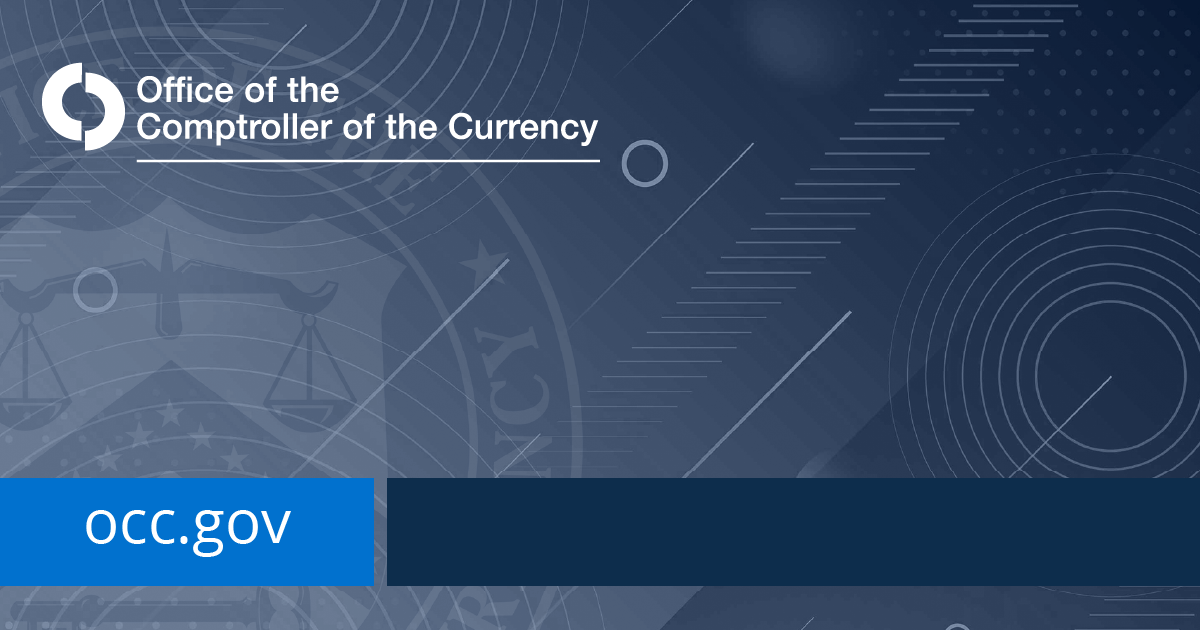US inflation data will be ‘messy’ — 5 things to know in Bitcoin this week
A potent combination of CPI figures and more make for a problematic week as Bitcoin price struggles.
Bitcoin (BTC) starts another week in a precarious position near $20,000 ahead of fresh macro upheaval.
After admittedly sealing its best week’s gains since March, the largest cryptocurrency is struggling to hold onto its recently-reclaimed levels.
Major resistance zones remain overhead, and with inflation data due for release later in the week, the coming days could prove unnerving for risk assets everywhere.
At the same time, crypto market sentiment is showing signs of recovery, and on-chain metrics continue to underscore what should be Bitcoin’s latest macro price bottom.
With conflicting data everywhere, Cointelegraph takes a deeper look at potential market-moving factors for the week ahead.
200-week moving average causes headaches
At around $20,850, the June 10 weekly close was hardly anything special for BTC/USD, but the pair still managed its best seven days’ growth in several months.
Ending Sunday a full $1,600 higher than its position at the start of the week, Bitcoin thus sealed progress not seen since March.
The success did not last, however, as the hours following the weekly close turned negative. At the time of writing, BTC/USD was targeting $20,400, data from Cointelegraph Markets Pro and TradingView showed.
BTC/USD 1-hour candle chart (Bitstamp). Source: TradingView
Bitcoin’s ability to hold current levels could be key in deciding the mood this ummer, as relief on global equities would provide an opportunity for crypto to erase some of its losses from recent months.
Commentators including trading suite Decentrader thus eyed the weekly chart with interest.
Others were less enthusiastic, noting that BTC/USD had still performed another close below the essential 200-week moving average (WMA) at around $22,500.
In previous bear markets, the 200 WMA acted as a general support level, with Bitcoin wicking below it briefly to put in macro bottoms. This time, however, appears to be different, as $22,500 has been absent from the chart for a month.
Zooming out, meanwhile, popular trader TechDev advocated a more optimistic outlook for the rest of 2022.
By the end of the year, he argued at the weekend, a reclaim of further important WMAs should result in Bitcoin ending its “reaccumulation phase” altogether.
“BTC flipping 32-35K likely confirms end of reaccumulation and this year+ correction,” TechDev told Twitter followers
“Most probable to occur imo once both 100W and 50W EMAs are in this range. 100W currently at 34.8K and 50W at 37.2K.”
Elsewhere, continued asset liquidation from embattled crypto lending platform Celsius added to selling pressure.
Relentless dollar is back as Asia markets dip
Asian stocks trended down on July 11 as the start to the macro week was clouded by news of social unrest in China.
As protesters demanded the release of frozen funds amid a scandal involving both banking officials and local authorities accused of abusing COVID-19 tracking apps, markets felt the strain.
At the time of writing, the Shanghai Composite Index traded down 1.5%, while Hong Kong’s Hang Seng was 3.1% lower.
Europe fared somewhat better with modest growth for the FTSE 100 and Germany’s DAX, with the United States still to open.
Prior to Wall Street returning, however, the U.S. dollar index (DXY) was already making fresh strides higher, canceling out a retracement that had provided a cooler end to last week.
DXY was at 107.4 on July 11, just 0.4 points off twenty-year highs seen days prior.
Analyzing the situation, one analyst at trading firm The Rock described DXY as “about as extreme as it gets” in terms of year-to-date growth.
“Based on the extreme rally so far this year, the DXY is now up 16% year on year,” he wrote:
“This is about as extreme as it gets historically speaking and, unfortunately, it typically coincides with major financial stress in markets, a recession, or both.”
Bitcoin managed to buck its traditional inverse correlation to DXY last week, climbing in tandem with the index.
U.S. dollar index (DXY) 1-day candle chart. Source: TradingView
Inflation tipped to provide “messy week”
If that weren’t enough, the age-old topic of inflation is apt to provide a further test of market resilience this week.
The U.S. Consumer Price Index (CPI) readout for June is due July 13, and expectations are for the monthly figure to be even higher year-on-year.
The higher inflation, and the more it diverges from those already high expectations, the more risk assets tend to react in anticipation of a reaction from policymakers.
For macro analyst Alex Krueger, the likely trajectory for this week is thus clear.
“Going to be messy,” he summarized on Twitter.
CPI, while stripping out many of the leading inflation indicators, even caught the attention of mainstream commentators over the weekend in a grim hint that this week’s figures could put the cat among the pigeons.
“As next week's US CPI inflation print may get very close to 9%, some will be quick to point out that this measure is backward-looking,” economist Mohamed El-Erian reacted:
“Yes...but it Captures the pain that many are feeling, particularly the less fortunate segments of society; and Influences inflation expectations.”
Any knee-jerk reaction, meanwhile, could definitively spook Bitcoin markets in line with other risk assets, or at least spark major volatility, as seen during previous CPI events.
MACD hints at price bottom in progress
With multiple Bitcoin price metrics either flashing “bottom” or even hitting all-time lows, the space is not short of signals suggesting a BTC investment at current prices has a historically unrivaled risk/reward ratio.
This week, the latest metric to join the herd is the moving average convergence/divergence (MACD) on the weekly chart.
MACD effectively tracks a chart trend already playing out. It involves subtracting the 26-period exponential moving average (EMA) from the 12-period EMA.
When the resulting value is below zero, Bitcoin tends to be in a bottoming scenario, meaning that the recent trip to $17,600 could be so too should historical norms repeat.
Commentator Matthew Hyland, meanwhile, noted a similar MACD structure still playing out on the 3-day chart.
“3-Day MACD is still on a bullish cross,” market analyst Kevin Svenson added:
“Despite the pullback, I remain bullish here for the medium term.”
As Cointelegraph recently reported, Bitcoin’s relative strength index (RSI) is already at its most “oversold” levels in history.
Last week, meanwhile, one trader called July 15 as the key date by which another chart feature will call the bottom, this one composed of two separate MAs.
2-month highs for Crypto Fear & Greed Index
As a modest silver lining, the average crypto investor is slowly getting their confidence back, the latest data suggests.
Building on previous strength, crypto market sentiment hit its highest levels since early May over the weekend and is now at 22/100.
While still in “extreme fear” territory, the Crypto Fear & Greed Index’s renaissance provides a clear contrast to the events of the past two months, during which it dipped as low as 8/100 — below even some previous bear market bottoms.
https://cointelegraph.com/news/us-inflation-data-will-be-messy-5-things-to-know-in-bitcoin-this-week



































